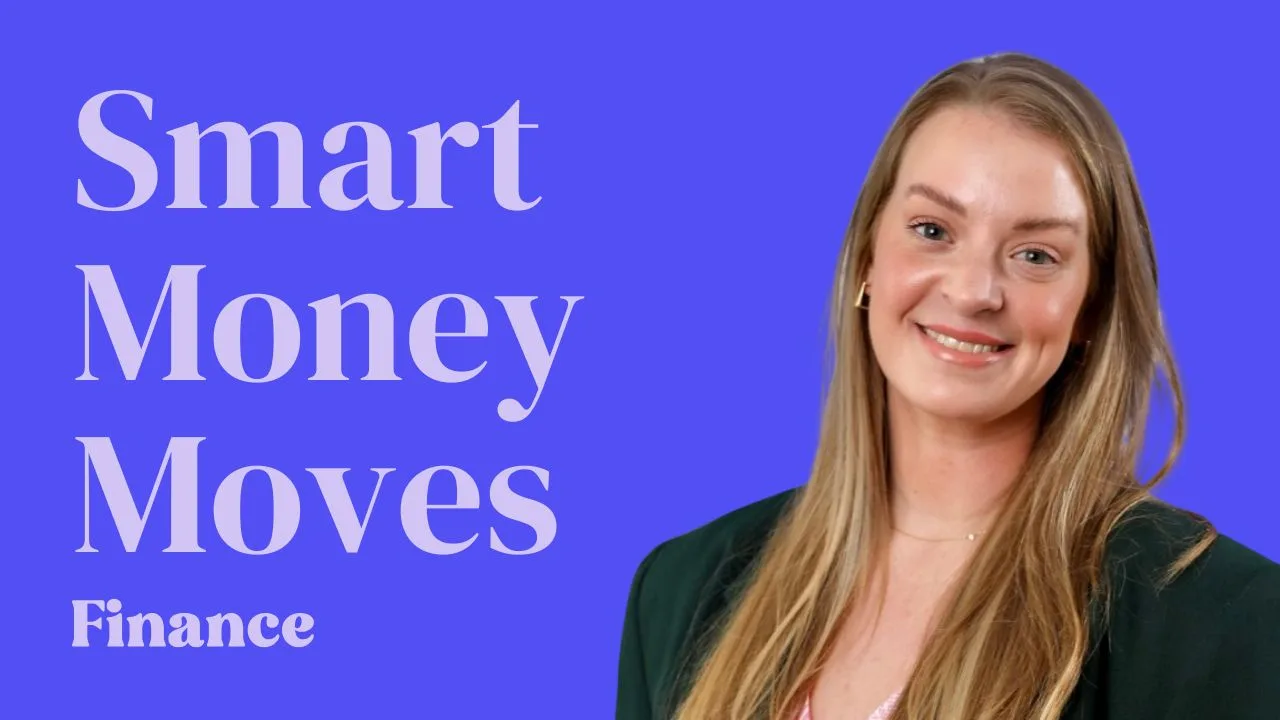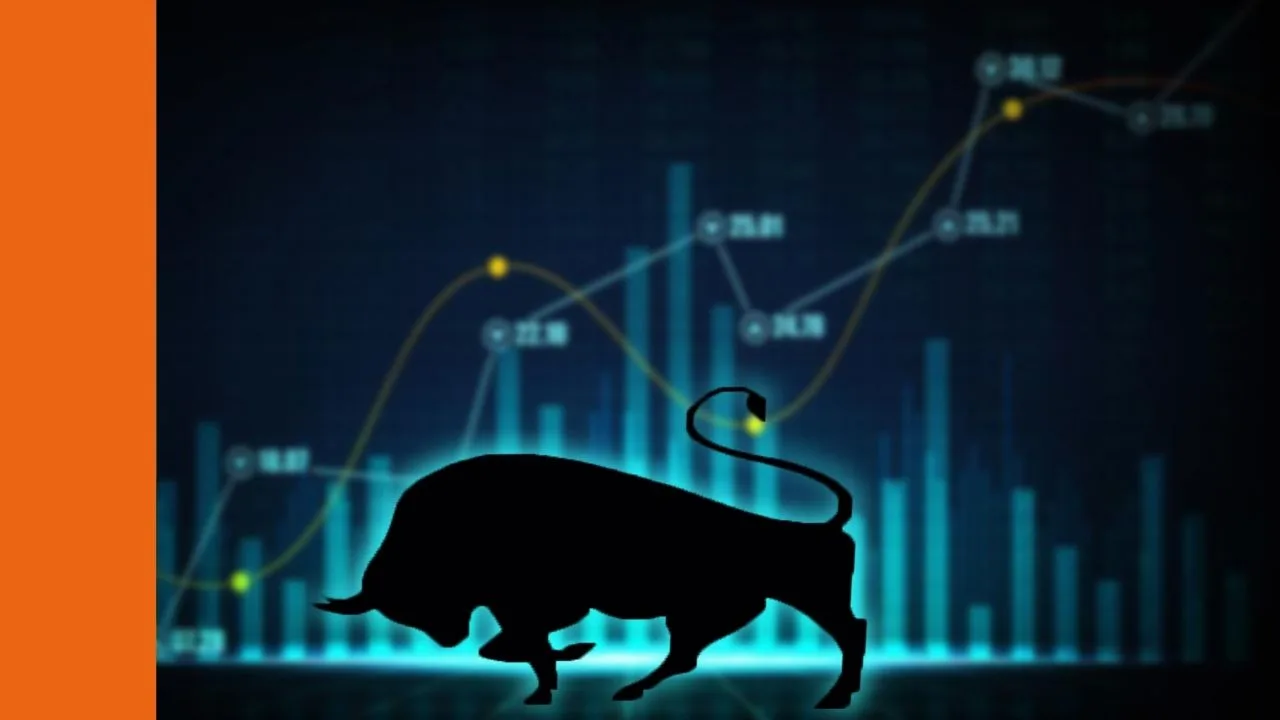ASX exchange-traded funds (ETFs) are great options for passive investors looking for dividend income as they move toward retirement. If that sounds like you, here are 3 ASX ETFs to consider.
What is an ETF?
First, a quick refresher.
Think of an ETF like a box of Favourites (not sponsored). If you’re buying choccies for a colleague you don’t know that well, it might be a risk to buy them just one chocolate in case they don’t like it. Instead, you could buy them a box of Favourites. They’re sure to like at least a few of them!
An ETF does exactly the same things for shares, bonds, and other assets. It bundles them together into a package, so instead of buying Commonwealth Bank of Australia (ASX: CBA) shares, you buy the 200 largest companies on the ASX (for example).
It really doesn’t have to be more complicated than that. ETFs are just a vehicle to provide easy, low-cost diversification.
If you want to read more about what an ETF is, check out this guide.
Otherwise, on to the good stuff! Three ASX ETFs for income…
Betashares Australian Top 20 Equity Yield Maximiser Fund (ASX: YMAX)
Wow, that’s a mouthful.
I’d like to say this ETF is less complex than its name, but it’s actually not. This is a complex ETF and takes a little bit of explaining to understand what they’re doing.
The YMAX ETF invests in a portfolio of the 20 largest blue-chip shares listed on the ASX. Think of the usual suspects like CBA and BHP Group Ltd (ASX: BHP).
If you just invested in these 20 companies, you’d likely end up with a decent yield. But, the YMAX ETF is pushing for more.
What Betashares does with this actively managed fund is they sell call options on up to 100% of the shares in the portfolio at prices generally 3-7% above the current share price. For a super-quick version of what call options are, they’re essentially an option to buy the shares at some point in the future at the stated share price.
So, if a fund writes (or sells) a call option for CBA shares at $165 with a 3-month expiry, and I buy it, then at any point in the next 3 months I can buy CBA shares from the fund for $165. Now, the CBA share price today is about $156, so why would I want to do that?
Well, if CBA shares go on a big run up to $180 in the next 3 months, I could use my call option to buy the shares for $165 then sell them on the open market at $180 and bank my $15 profit (this example is ignoring all fees, taxes, etc.)
The reason Betashares wants to write call options on the portfolio is that the people buying the call options have to pay a premium that Betashares keeps whether the buyer uses the call option or not.
So you can imagine that if the CBA share price stays where it is for the next 3 months and the buyer doesn’t use the call option, Betashares has then made a profit with the premium they earned.
The premiums are what they’re using to increase the dividend yield of the YMAX ETF up to a current trailing yield of 7.5%.
Sounds great!
It should go without saying that this strategy comes with quite a bit of risk. In a rising market, the fund could easily lose money if the buyers of the call options start cashing in. In the example above, Betashares would have to buy CBA shares at $180 (the market price) and sell them to the call option-holder at $165 (the call option price).
It also comes with a high management fee of 0.76% given the active strategy.
If this all sounds too complex for you, it probably is. The next two options might be more suited to you.
Vanguard Australian Property Securities Index ETF (ASX: VAP)
The VAP ETF is a lot more straightforward.
This property-focused ETF seeks to track the returns of the S&P/ASX 300 A-REIT Index by investing in all the real estate investment trusts (REITs) and operating companies in the ASX 300.
This includes companies like Goodman Group (ASX: GMG), Scentre Group (ASX: SCG), and Charter Hall Group (ASX: CHC).
These companies make their money by owning real estate assets across industrial, commercial, retail, and other property sectors. They tend to have long-term leases with large, reliable rent-paying companies, and so they can offer a decent dividend yield.
I like the fact that this ETF has low management fees (0.27% per year) and a long history, returning over 8% per annum over the last 10 years.
The VAP ETF’s annual yield currently sits at about 4.4% per year.
iShares Yield Plus ETF (ASX: IYLD)
Finally, a more conventional income strategy – bonds.
The IYLD ETF invests in a portfolio of Australian investment-grade corporate bonds, which are usually considered to be bonds with a credit rating of BBB or higher.
The IYLD ETF’s holdings range from BBB (about 33% of the fund) to AAA (7% of the fund), with most of the fund in A-rated bonds. The bonds are all short-to-medium maturity, between 1-5 years.
I like that this ETF is fairly well diversified with over 190 holdings, and has a very low management fee of 0.12% per year.
Offering a 12-month trailing yield of ~4.6%, I think the IYLD ETF could make an interesting income addition to a balanced investment portfolio.







